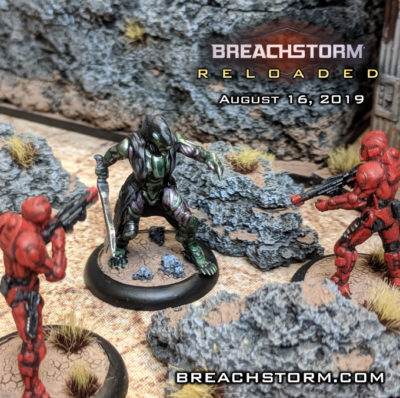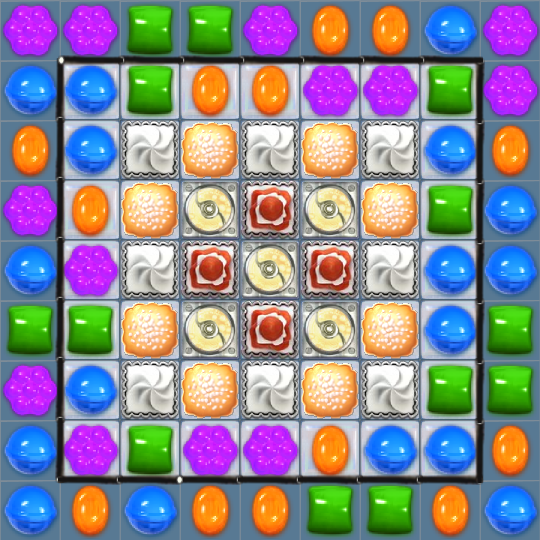
In April of 2011, 13 seemingly unconnected indie games on Steam updated (including Audiosurf, Killing Floor, BIT.TRIP BEAT, and others) with “PotatoFoolsDay” in their patch notes. In a remarkable inversion of “Valve Time”, the localised phenomena that affects all of Valve’s development teams and causes many games to be delayed, Portal 2 was released hours before schedule. The game was released early via a second ARG The whole saga is detailed in this fan wiki, and it’s worth reading to remind yourself (or educate yourself) of how creative Valve were with it. Valve went as far as to change the ending of the original game, adding a small sequence that suggested the escaped Chell was being dragged back into the facility for further testing. They didn’t make it easy, but the payoff was the eventual announcement of the sequel. The morse code led to a Portal-themed bulletin board that had to be accessed via a phone line and a 56k modem. It was the sound files, found in Portal’s install folder and viewed through “slow-scan television software”, that contained scrambled Portal 2 imagery or even more morse code. They added 26 radios into the game that, when moved around, re-tuned to play a piece of morse code or a squelchy transmission sound. That one’s dead, after Valve updated it to announce the sequel.

The first one is the self-contained story that Valve released on 10 October 2007. There are two versions of the original Portal. Portal 2 was announced inside Portal To see this content please enable targeting cookies. Chell was welcomed back to Aperture Science. Portal 2 was to star someone called “Mel”, but when the playtesters met GLaDOS again in the sequel and she didn’t know who Mel was, they felt like the game was missing the shared experience that the first game had built up. Valve swiftly added portals back into the game series called Portal, though they resisted adding Chell back as she wasn’t much of a character and had already escaped.

He said: “It was a lot of things, but it wasn’t Portal 2.” Though some elements of that version of Portal 2 still exist, with GLaDOS’ replacement Cave Johnson appearing heavily in the final game, writer Chet Faliszek pointed out at GDC 2012 that this wasn’t what people wanted in a sequel. To see this content please enable targeting cookies. The game was initially going to be set in the mid-’80s and based around a mechanic called “F-Stop”, which involved using a camera to grab sections of the game’s scenery to solve puzzles. Valve’s initial experiments into a Portal follow-up jettisoned everything but Aperture Science. Portal 2 originally didn’t have any Portals in it 10 is a nice age to celebrate, and it’s also the perfect number of random facts to pluck from the history of one of Valve’s most celebrated games.

I’d like to think that the ultimate goal of Portal 2 was to get me to write an article about its tenth anniversary, so my ego wouldn’t let it go by.


 0 kommentar(er)
0 kommentar(er)
